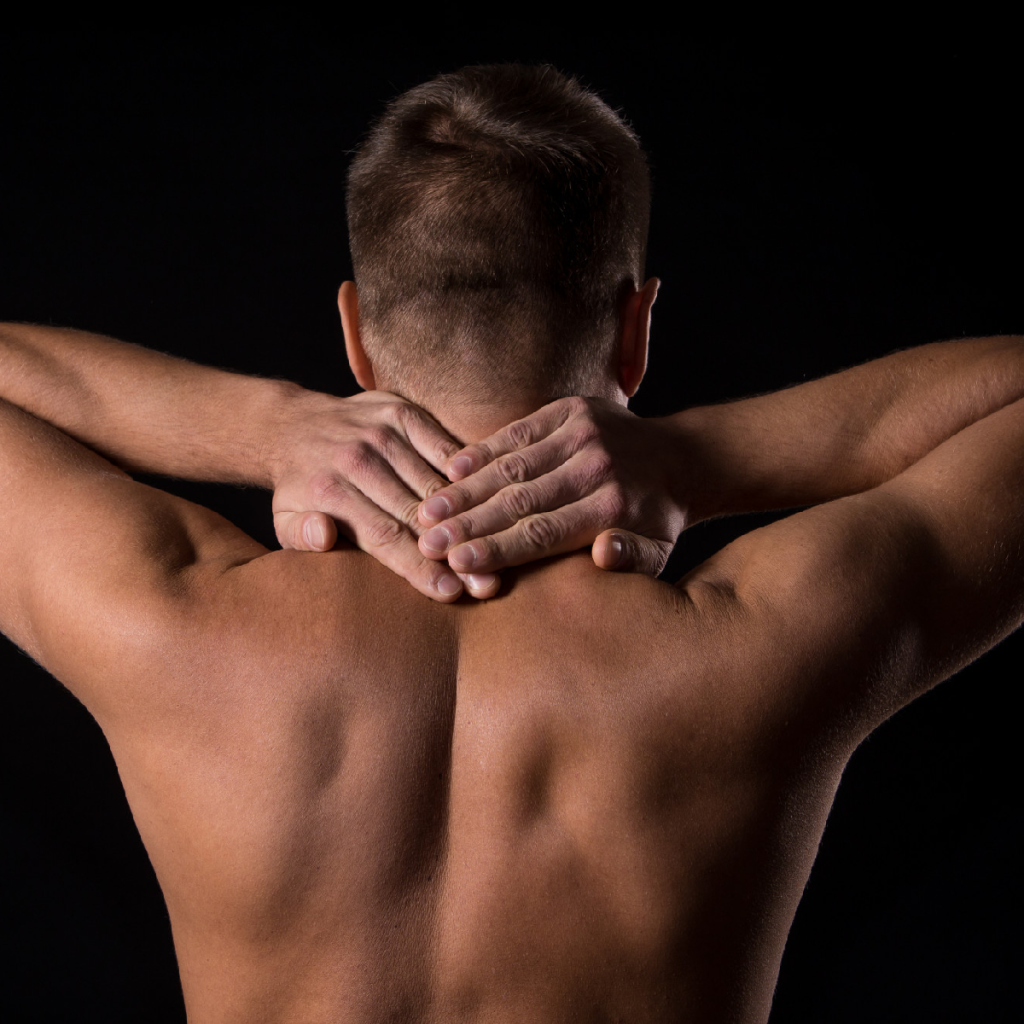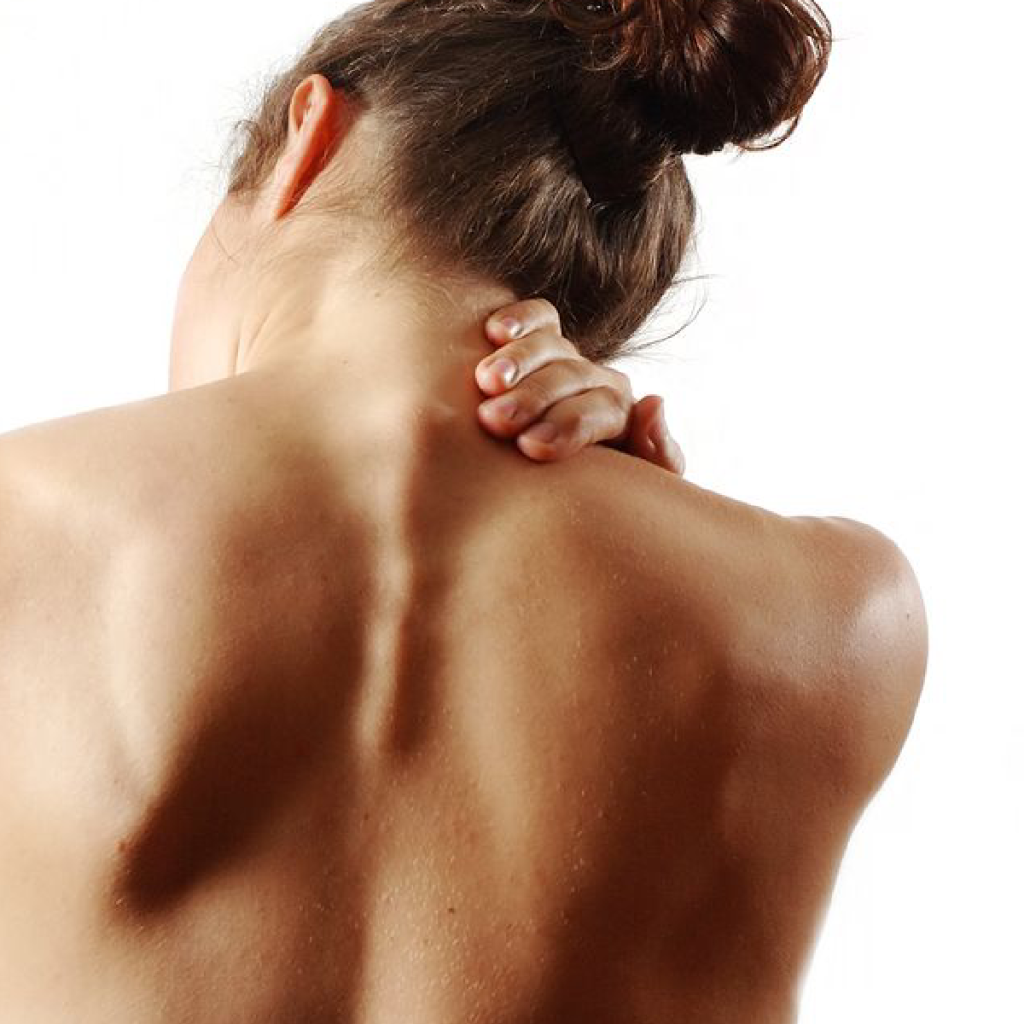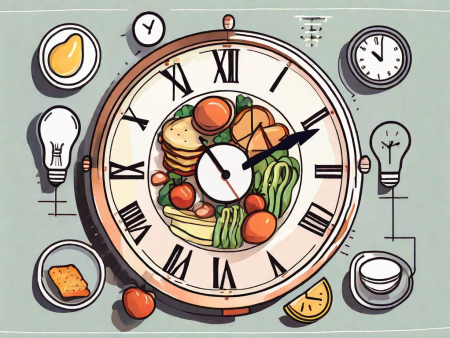Learn how to effectively build and strengthen your rhomboids, the muscles located between your shoulder blades, with these expert tips and exercises.
How to Build Rhomboids (Between Shoulder Blades) Muscles
Are you tired of having those pesky knots between your shoulder blades? Do you wish you had a stronger, more defined back? Well, look no further! In this article, we will dive into the world of rhomboid muscles and discover the secrets to building a strong and robust upper body.

Understanding the Rhomboid Muscles
The rhomboid muscles, located between your shoulder blades, play a vital role in maintaining good posture and upper body strength. These diamond-shaped muscles may be small, but they are mighty! Let’s take a closer look at their anatomy and function.
Anatomy of the Rhomboid Muscles
The rhomboid muscles consist of two main parts: the rhomboid major and the rhomboid minor. The rhomboid major originates from the spinous processes of the thoracic vertebrae, while the rhomboid minor arises from the nuchal ligament and the spinous processes of the C7 and T1 vertebrae. Both muscles insert into the medial border of the scapula.
The rhomboid major and rhomboid minor work together to provide stability and strength to the upper back. The rhomboid major is larger and more superficial, while the rhomboid minor is smaller and deeper. Their combined action helps to retract the scapulae, pulling them closer to the spine.
These muscles are surrounded by other important structures, such as the trapezius muscle, which lies above the rhomboids, and the erector spinae muscles, which lie below. Together, these muscles form a strong network of support for the upper body.
Function of the Rhomboid Muscles
When it comes to movement, the rhomboid muscles are responsible for retracting the scapulae, pulling them closer to the spine. This action helps stabilize your shoulders and maintain proper posture. Additionally, strong rhomboids contribute to improved upper body strength, enabling you to conquer various physical activities with ease!
Proper activation and strengthening of the rhomboid muscles can help prevent and alleviate common issues such as rounded shoulders and upper back pain. By maintaining good posture and engaging these muscles regularly, you can reduce the risk of developing musculoskeletal imbalances and discomfort.
It’s important to note that the rhomboid muscles do not work in isolation. They collaborate with other muscles in the upper back, such as the trapezius, serratus anterior, and levator scapulae, to ensure smooth and coordinated movement of the shoulder girdle.
Activities that engage the rhomboid muscles include rowing exercises, scapular retractions, and exercises that target the muscles of the upper back. By incorporating these exercises into your fitness routine, you can strengthen and tone your rhomboids, improving your overall posture and upper body strength.
In conclusion, the rhomboid muscles are essential for maintaining proper posture and upper body strength. Understanding their anatomy and function can help you appreciate the important role they play in keeping your shoulders stable and your back strong. So, next time you work out or sit up straight, remember to give thanks to your rhomboids!
Importance of Strong Rhomboid Muscles
Now that we understand the role of the rhomboid muscles, let’s dive into why having strong rhomboids is essential.
Posture and Rhomboid Muscles
Let’s be honest, slouching is not a good look for anyone. Strong rhomboids help pull your shoulders back, aligning your spine and improving overall posture. So, say goodbye to that hunchback look and hello to a confident, upright stance!
But what exactly happens when your rhomboids are weak? Well, without the necessary strength in these muscles, your shoulders may roll forward, causing your spine to curve unnaturally. This can lead to a host of problems, including chronic back pain, poor digestion, and even decreased lung capacity. So, it’s not just about looking good; it’s about feeling good and maintaining optimal health.
On the other hand, when your rhomboids are strong, they act as a natural brace, supporting your upper body and preventing excessive strain on your neck and shoulders. This can alleviate tension headaches and reduce the risk of developing conditions like thoracic outlet syndrome.
Rhomboids and Upper Body Strength
Whether you’re an athlete or just someone who enjoys staying active, having strong rhomboids is crucial. These muscles provide stability and support to your shoulders, allowing you to perform exercises such as pull-ups, rows, and push-ups more efficiently. Your upper body strength will skyrocket, making you the envy of all your friends at the gym!
But the benefits of strong rhomboids go beyond just looking impressive at the gym. These muscles play a vital role in everyday activities as well. From carrying heavy grocery bags to lifting your kids, strong rhomboids ensure that your shoulders can handle the load without causing strain or injury.
Additionally, strong rhomboids contribute to better overall athletic performance. They help improve your posture during running, cycling, or any other physical activity, allowing you to maintain proper form and maximize your efficiency. This can lead to better endurance, faster times, and reduced risk of injury.
So, whether you’re a fitness enthusiast or simply want to live a pain-free life, it’s clear that having strong rhomboid muscles is essential. Not only will they improve your posture and upper body strength, but they will also enhance your overall well-being and quality of life. So, let’s start incorporating exercises that target the rhomboids into our fitness routines and reap the numerous benefits they offer!
Exercises for Building Rhomboid Muscles
Now that we’ve highlighted the importance of strong rhomboids, let’s dive into some exercises that will help you achieve that chiseled back you’ve always wanted.
The rhomboid muscles, located in the upper back region, play a crucial role in maintaining good posture and shoulder stability. Strengthening these muscles not only enhances your overall physique but also improves your performance in various activities, such as weightlifting, swimming, and even everyday tasks like carrying groceries.
Resistance Training for Rhomboids
Resistance training is an excellent way to target and strengthen your rhomboid muscles. By using external resistance, such as dumbbells, barbells, or resistance bands, you can effectively challenge and stimulate your rhomboids to grow stronger and more defined.
One popular exercise for rhomboids is the bent-over row. This exercise primarily targets the rhomboids, along with other muscles in the upper back and arms. To perform a bent-over row, stand with your feet shoulder-width apart, knees slightly bent, and hinge forward at the hips while keeping your back straight. Hold a dumbbell in each hand, palms facing your body, and pull the weights towards your chest, squeezing your shoulder blades together.
Another effective exercise for rhomboids is the cable face pull. This exercise specifically targets the rhomboids and rear deltoids, helping to improve posture and shoulder mobility. To perform a cable face pull, attach a rope handle to a cable machine at chest height. Stand facing the machine, grab the rope with an overhand grip, and pull it towards your face while keeping your elbows high and wide.
Seated cable rows are also fantastic options for targeting the rhomboids. This exercise not only strengthens the rhomboids but also engages the muscles in the mid-back and biceps. To perform seated cable rows, sit on a rowing machine with your feet flat on the footrests, knees slightly bent, and grasp the handles with an overhand grip. Pull the handles towards your abdomen while keeping your back straight and squeezing your shoulder blades together.
Remember to start with lighter weights and gradually increase the resistance as your strength improves. Proper form and technique are crucial to ensure that you’re effectively targeting the rhomboids and minimizing the risk of injury.
Bodyweight Exercises for Rhomboids
If you prefer to exercise without equipment or want to add variety to your routine, fear not! There are plenty of bodyweight exercises that can challenge your rhomboids and help you achieve a strong and sculpted back.
Inverted rows, also known as bodyweight rows or Australian pull-ups, are an excellent bodyweight exercise for targeting the rhomboids. To perform inverted rows, set up a barbell or suspension trainer at waist height. Lie underneath the bar or handles, grab them with an overhand grip, and position yourself with your heels on the ground and body straight. Pull your chest towards the bar or handles while keeping your elbows close to your body and squeezing your shoulder blades together.
Scapular push-ups are another effective bodyweight exercise for rhomboids. This exercise focuses on scapular stability and control, which is essential for maintaining proper posture and shoulder function. To perform scapular push-ups, start in a high plank position with your hands directly under your shoulders. Keeping your arms straight, protract your shoulder blades by pushing your upper back towards the ceiling, then retract them by squeezing your shoulder blades together.
Plank shoulder taps not only engage your core but also target the rhomboids and other muscles in the upper back. To perform plank shoulder taps, start in a high plank position with your hands directly under your shoulders and feet hip-width apart. While keeping your hips stable, lift one hand off the ground and tap the opposite shoulder, then repeat on the other side. Focus on maintaining a strong and stable core throughout the exercise.
By incorporating these bodyweight exercises into your routine, you can effectively challenge your rhomboids without the need for equipment. However, as with any exercise, it’s important to maintain proper form and technique to maximize the benefits and reduce the risk of injury.
So, whether you choose resistance training or bodyweight exercises, make sure to include exercises that target your rhomboid muscles in your workout routine. Consistency, proper form, and gradual progression are key to building strong and well-defined rhomboids. Your back will not only look impressive but also function better in various activities, improving your overall fitness and well-being.
Nutrition for Muscle Growth
Building strong rhomboids requires more than just exercise. Proper nutrition plays a crucial role in muscle growth and recovery.
Protein and Muscle Building
Protein is your best friend when it comes to building and repairing muscles. Make sure to include lean sources of protein such as chicken, fish, tofu, or legumes in your diet. Don’t forget to fuel your rhomboids with the nutrients they need to thrive!
Hydration and Muscle Health
Hydration is often overlooked, but it is essential for maintaining healthy muscles. Drinking an adequate amount of water keeps your muscles hydrated and allows them to function optimally. So, grab that water bottle and keep the muscles in your back hydrated and happy!
Recovery and Maintenance of Rhomboid Muscles
Now that you’re putting in the work to build strong rhomboids, it’s crucial to prioritize recovery and maintenance to avoid injury and ensure long-term success.

Importance of Rest and Recovery
Rest days are just as important as workout days. Your muscles need time to repair and grow stronger. Consider incorporating stretching, foam rolling, or even a massage into your routine to help your rhomboids recover and stay in tip-top shape.
Stretching and Flexibility for Rhomboids
Keeping your rhomboids flexible is essential for maintaining proper range of motion and preventing injuries. Incorporate stretches like cat-cow, doorway stretches, and shoulder blade squeezes into your warm-up and cool-down routines. Your rhomboids will thank you for the increased mobility!
In conclusion, building strong rhomboid muscles is key to improving posture, upper body strength, and overall well-being. Through a combination of targeted exercises, proper nutrition, and adequate recovery, you can unlock the power of your rhomboids and achieve the strong, defined back you’ve always dreamed of. So, what are you waiting for? Get out there and start building those rhomboids!







